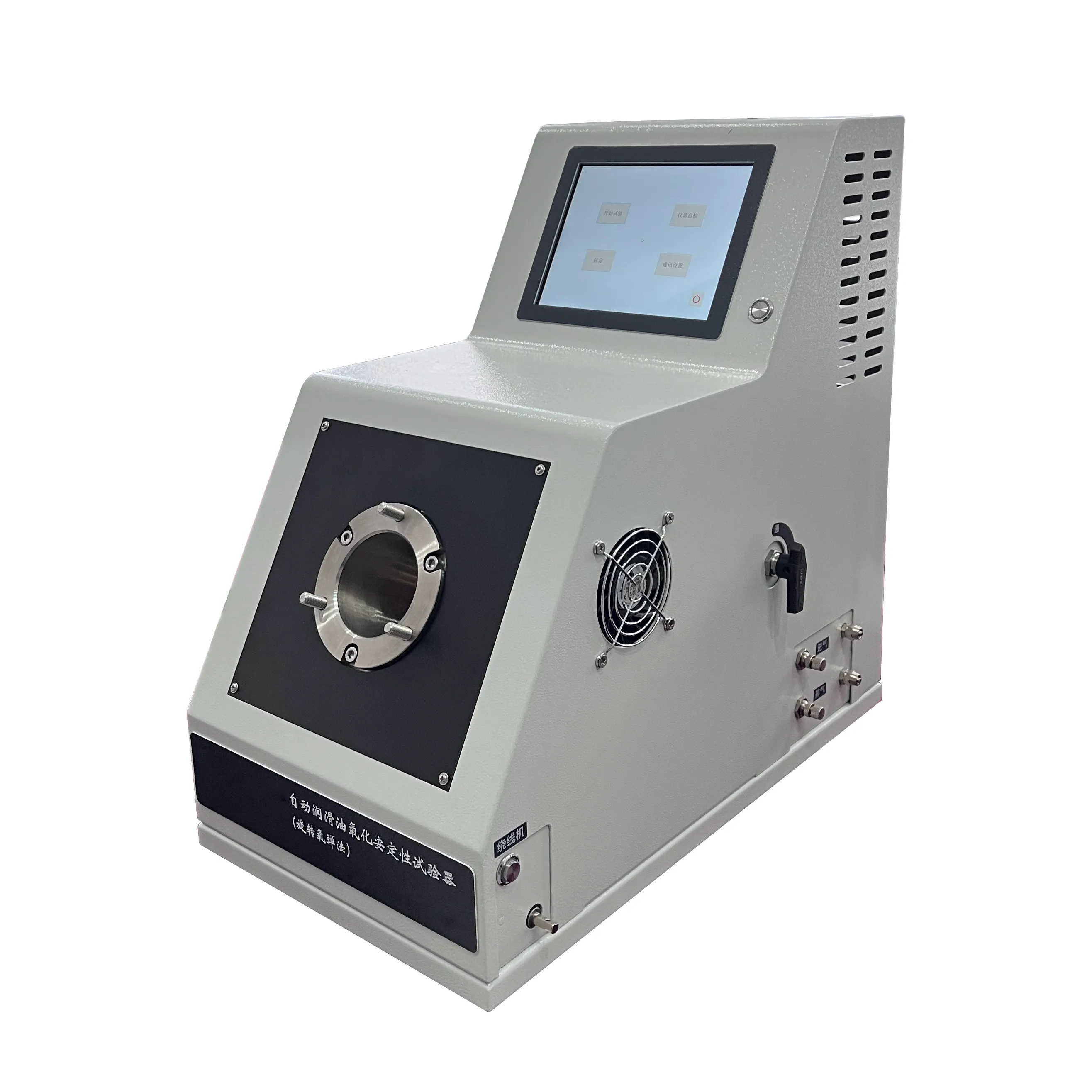 English
English



-
 Afrikaans
Afrikaans -
 Albanian
Albanian -
 Amharic
Amharic -
 Arabic
Arabic -
 Armenian
Armenian -
 Azerbaijani
Azerbaijani -
 Basque
Basque -
 Belarusian
Belarusian -
 Bengali
Bengali -
 Bosnian
Bosnian -
 Bulgarian
Bulgarian -
 Catalan
Catalan -
 Cebuano
Cebuano -
 China
China -
 China (Taiwan)
China (Taiwan) -
 Corsican
Corsican -
 Croatian
Croatian -
 Czech
Czech -
 Danish
Danish -
 Dutch
Dutch -
 English
English -
 Esperanto
Esperanto -
 Estonian
Estonian -
 Finnish
Finnish -
 French
French -
 Frisian
Frisian -
 Galician
Galician -
 Georgian
Georgian -
 German
German -
 Greek
Greek -
 Gujarati
Gujarati -
 Haitian Creole
Haitian Creole -
 hausa
hausa -
 hawaiian
hawaiian -
 Hebrew
Hebrew -
 Hindi
Hindi -
 Miao
Miao -
 Hungarian
Hungarian -
 Icelandic
Icelandic -
 igbo
igbo -
 Indonesian
Indonesian -
 irish
irish -
 Italian
Italian -
 Japanese
Japanese -
 Javanese
Javanese -
 Kannada
Kannada -
 kazakh
kazakh -
 Khmer
Khmer -
 Rwandese
Rwandese -
 Korean
Korean -
 Kurdish
Kurdish -
 Kyrgyz
Kyrgyz -
 Lao
Lao -
 Latin
Latin -
 Latvian
Latvian -
 Lithuanian
Lithuanian -
 Luxembourgish
Luxembourgish -
 Macedonian
Macedonian -
 Malgashi
Malgashi -
 Malay
Malay -
 Malayalam
Malayalam -
 Maltese
Maltese -
 Maori
Maori -
 Marathi
Marathi -
 Mongolian
Mongolian -
 Myanmar
Myanmar -
 Nepali
Nepali -
 Norwegian
Norwegian -
 Norwegian
Norwegian -
 Occitan
Occitan -
 Pashto
Pashto -
 Persian
Persian -
 Polish
Polish -
 Portuguese
Portuguese -
 Punjabi
Punjabi -
 Romanian
Romanian -
 Russian
Russian -
 Samoan
Samoan -
 Scottish Gaelic
Scottish Gaelic -
 Serbian
Serbian -
 Sesotho
Sesotho -
 Shona
Shona -
 Sindhi
Sindhi -
 Sinhala
Sinhala -
 Slovak
Slovak -
 Slovenian
Slovenian -
 Somali
Somali -
 Spanish
Spanish -
 Sundanese
Sundanese -
 Swahili
Swahili -
 Swedish
Swedish -
 Tagalog
Tagalog -
 Tajik
Tajik -
 Tamil
Tamil -
 Tatar
Tatar -
 Telugu
Telugu -
 Thai
Thai -
 Turkish
Turkish -
 Turkmen
Turkmen -
 Ukrainian
Ukrainian -
 Urdu
Urdu -
 Uighur
Uighur -
 Uzbek
Uzbek -
 Vietnamese
Vietnamese -
 Welsh
Welsh -
 Bantu
Bantu -
 Yiddish
Yiddish -
 Yoruba
Yoruba -
 Zulu
Zulu
Power Factor Meter Testing Techniques and Best Practices for Accurate Measurements
Understanding Power Factor Testing Meters
Power factor is a crucial concept in electrical engineering, particularly when it comes to the efficiency of power systems. It is defined as the ratio of real power (used to perform work) to apparent power (the product of the current and voltage in the system). A power factor of 1 (or 100%) indicates that all the energy supplied is being used for useful work, while a lower power factor signifies an inefficiency in the system. To assess and improve this factor, power factor testing meters play an essential role.
What are Power Factor Testing Meters?
Power factor testing meters are specialized instruments designed to measure the power factor of electrical systems. They provide valuable insights into how effectively electrical power is being used. These meters are integral to maintaining optimal operation in various applications, from industrial plants to commercial buildings. By monitoring power factor, facility managers can identify issues that lead to energy losses, reduce electricity costs, and improve overall system performance.
How Do Power Factor Meters Work?
Power factor meters calculate the phase difference between voltage and current waveforms in an electrical circuit. This phase difference is critical in determining the real power and apparent power flowing through the system. The meters can be both analog and digital, with digital meters providing more precise readings and additional functionalities, such as data logging and connectivity with other monitoring systems.
Most power factor testing meters display the power factor value prominently, offering immediate feedback to users. Some advanced models can also perform harmonic analysis, providing deeper insights into the quality of power in a circuit. By understanding the harmonic content, engineers can take corrective actions to minimize distortion and optimize system efficiency.
power factor testing meter

Importance of Power Factor Testing
Regular power factor testing is essential for several reasons. Firstly, it helps organizations avoid penalties from utility companies that charge based on the power factor. Many utilities impose additional fees on customers whose power factor falls below a specified threshold, typically around 0.90. By proactively managing power factor, businesses can avoid these unnecessary charges.
Secondly, improving power factor can lead to reduced energy costs. A higher power factor reduces the load on the electricity grid, which can improve the overall efficiency of the power supply, potentially lowering energy rates. Moreover, enhancing the power factor minimizes losses in distribution systems and can lead to extended life for electrical equipment.
Lastly, performing power factor tests allows companies to identify inefficiencies in their electrical systems. These inefficiencies may stem from outdated equipment, incorrect installation practices, or an imbalance in loads. By correcting these issues, organizations can significantly enhance their operational capacity and effectiveness.
Conclusion
In today's energy-conscious environment, managing power factor is more important than ever. Power factor testing meters are invaluable tools in achieving this goal. By accurately measuring and analyzing power factor, organizations can enhance energy efficiency, reduce operating costs, and improve the overall performance of their electrical systems. Whether in industrial, commercial, or residential settings, investing in power factor monitoring is a step toward a more sustainable and cost-effective future. Integrating these measurements into regular maintenance routines can lead to significant long-term benefits, paving the way for smarter energy management practices.
-
Ensuring SF₆ Gas Safety: Introducing PUSH’s Integrated SF₆ Analyzer for Dew Point, Purity, and Decomposition MonitoringNewsJul.10,2025
-
Exploring the Main Types of Industrial Endoscopes and Their Applications Across IndustriesNewsJul.04,2025
-
Testing Equipment Industry Sees Major Advancements in 2025: Smart & Precision Technologies Lead the WayNewsJun.06,2025
-
Applications of Direct Current Generators in Renewable Energy SystemsNewsJun.05,2025
-
Hipot Tester Calibration and Accuracy GuidelinesNewsJun.05,2025
-
Digital Circuit Breaker Analyzer Features and BenefitsNewsJun.05,2025



